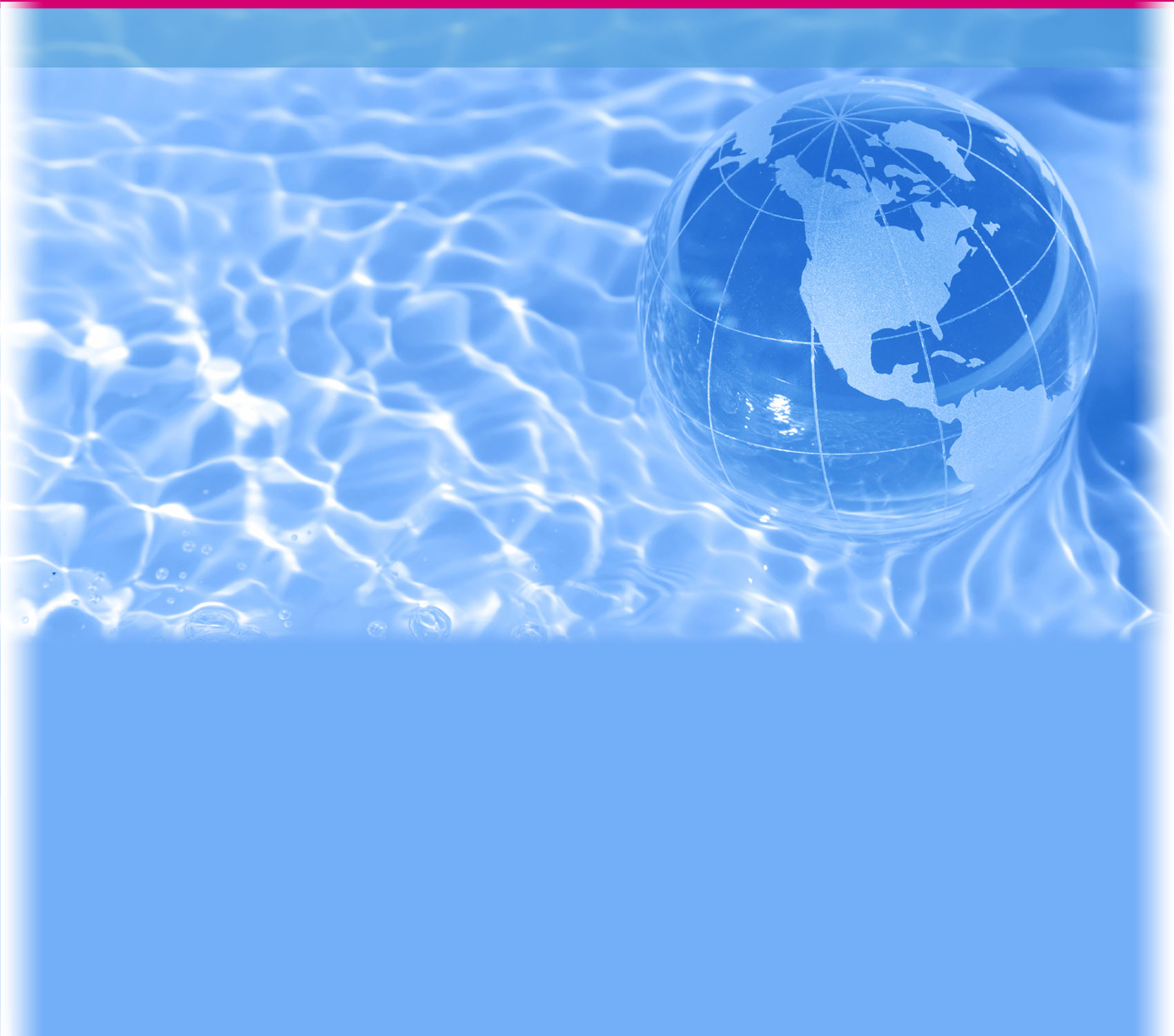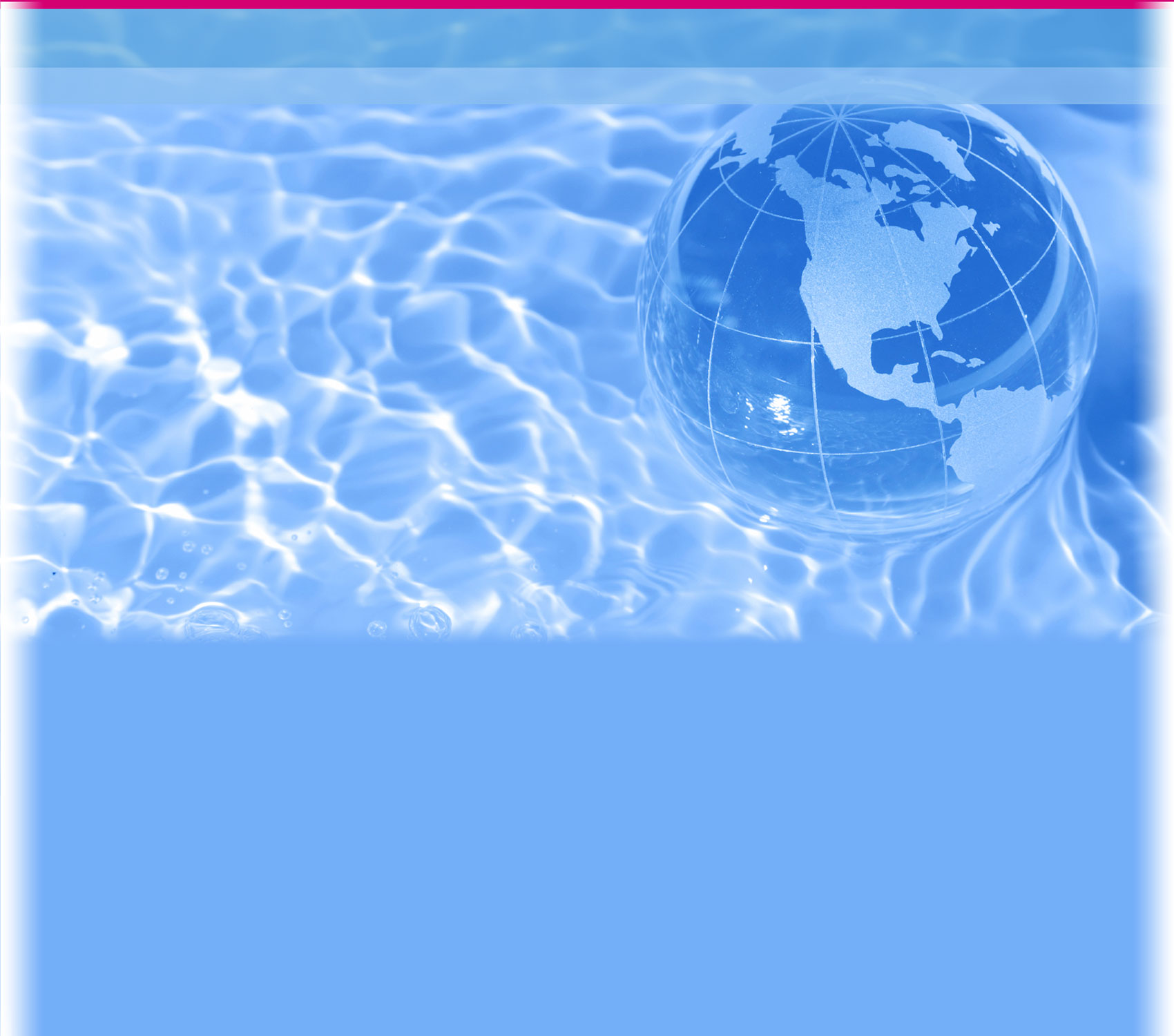Phase 2 - Consider Constraints and Explore Possibilities
There are many different ways to improve water quality around the world. Consider which method and materials will work best for the people in the region you have chosen. For your challenge, the following criteria criteria and constraints constraints will be put into place:
1. Your water purification system must be made using inexpensive materials, with a total cost of less than $12.00. For the purposes of this activity, you will have access to the following materials:
|
plastic or glass containers |
$8.00 |
|
fabric |
$2.00 |
|
ice |
$1.00 |
|
coffee filters |
$.50 |
|
activated charcoal |
$1.00 |
|
alum |
$.50 |
|
plastic wrap |
$.50 |
|
paper towels |
$.50 |
|
gravel |
$1.00 |
|
cotton balls |
$.50 |
|
sand |
$.50 |
|
felxible tubing |
$2.00 |
|
cooking pot with lid |
$10.00 |
|
rubber bands |
$.50 |
|
small heatprood container |
$1.00 |
2. The contaminants you must remove are physical and chemical. (Your teacher will give you a sample of "contaminated" water and will let you know what the contaminants are that need to be removed.)
Now explore different ideas! Write out ideas in your Engineering Portfolio. Review your previous notes and conduct any additional online research you need to explore possible water purification systems.
As you work, complete pages 6-8 in your Engineering Portfolio. Note that on page 8, you will work with your team to come to a consensus on a potential solution and create a technical drawing technical-drawing of your design.
You may also wish to review the assessment rubric to make sure you understand how your final project will be graded.


